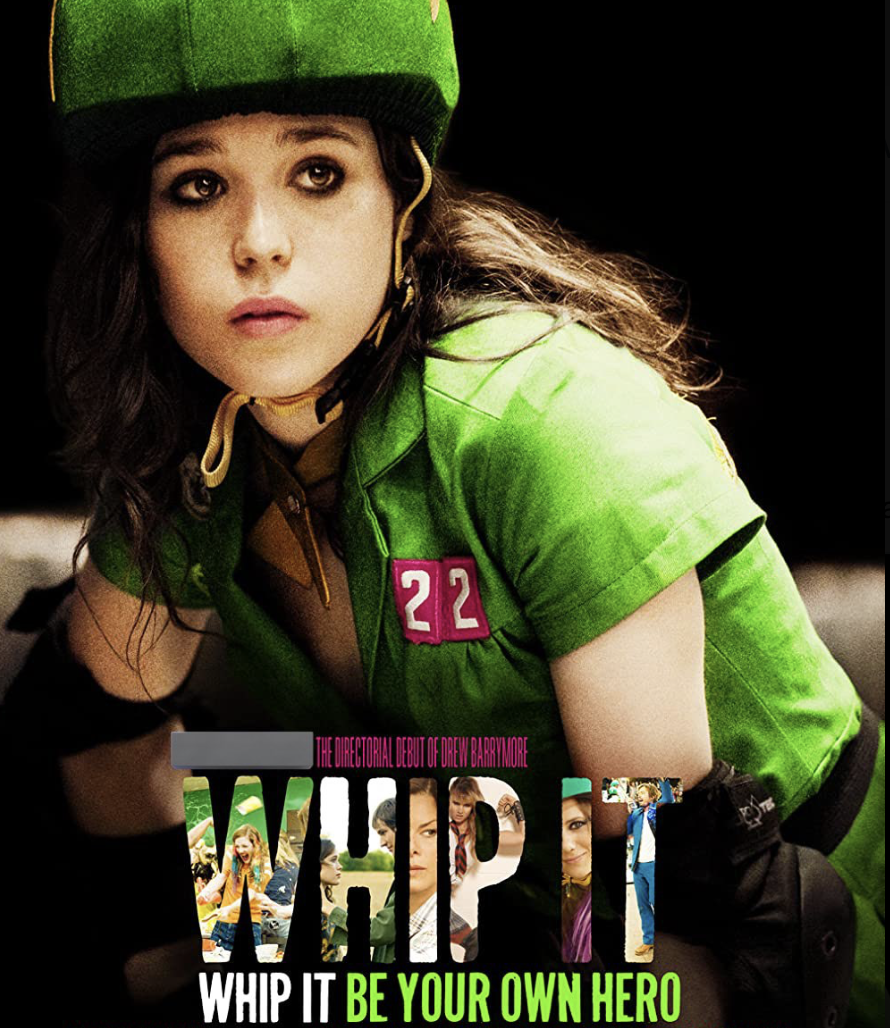Some of my favorite movies are those that fail the reverse Bechdel test. It is even better if they do so purposefully. So much of the media I am encouraged to consume is made by men, about men and for men, so when I get the opportunity to appreciate the opposite, I take it.
The reverse Bechdel test refers to cartoonist Allison Bechdel’s accidentally created but now famous checklist for movies to determine if they contain a certain amount of female representation. The original Bechdel test has three criteria wrapped into one: (1) the movie must have at least two women in it (2) who talk to each other (3) about something other than a man. The reverse Bechdel test would be a movie with at least two men talking to each other about something other than a woman. The movies that fail this test are often children’s movies catered to young girls. Think “Barbie” and the Disney princess movies.
However, there are some rare but wonderful occasions when a live-action, mid-budget film finds itself right in the middle of all that animated pinkness. Drew Barrymore’s 2009 box-office disappointment, “Whip It,” is one of those occasions. The film follows 17-year-old Bliss Cavendar (Elliot Page), a pageant contestant from the small town of Bodeen, Texas. At the start of the movie she has one friend, works at a restaurant called the “Oink Joint” and is constantly fighting with her mother. Bliss, feeling trapped in her hometown, steps out of her comfort zone and into the intense world of the Austin, Texas, roller derby scene. Throughout the course of the movie, Bliss goes from underage newbie to league superstar as she carries her team, the perpetually losing “Hurl Scouts,” all the way to the league championship bout.
“Whip It” fails the reverse Bechdel test spectacularly. The only male characters of note are Bliss’ father, Bliss’ boyfriend, Bliss’ coworker, the coach of the “Hurl Scouts” and the announcer for the roller derby bouts who is inexplicably played by Jimmy Fallon. The role of these men is largely to elevate their women counterparts. Even Bliss’ boyfriend, who likely cheats on her towards the end of the film, ultimately augments Bliss’ character because Bliss is able to recognize that she deserves more and dumps him in grand fashion.
The lack of men in the film leaves a lot of room for the movie’s women to develop. Bliss, her mother, one of her teammates, her roller derby rival and her best friend all have fairly fleshed-out character arcs and complex relationships with each other. As such, “Whip It” watches a bit like a sports comedy-drama version of “Little Women” in the best possible way.
It’s refreshing to see so much space dedicated to the exploration of young women’s relationships with each other. Like most teenage girls, Bliss’ relationship with her mother is tense. Their dynamic is incredibly relatable, but the film also gives some good perspective on mother-daughter relationships. Bliss finds out her mother is not all that different from herself, and the two of them end the movie on much better terms after getting to know each other as individuals.
Bliss and her best friend, Pash, demonstrate another important friendship struggle many young women face: shifting priorities. The two teenage girls, once inseparable, spend less and less time together as the movie progresses. Bliss spends too much time at roller derby while Pash is focused on her SAT-prep classes and college applications. The two girls have to fight to keep their friendship together and adjust to their changing circumstances, especially with college quickly approaching. The coming-of-age themes in the movie obviously speak to a high school-age audience, but these types of changes don’t just end after 12th grade. Seeing women who clearly value their friendship with each other push through a rough patch is another of the film’s hopeful moments, and it still rings true for those of us in our early 20s.
Aside from these more serious plot points, the film is also incredibly fun. The way it portrays the world of roller derby, especially in contrast to Bliss’ quieter life in Bodeen, makes me want to pick up a pair of skates myself. From the fishnet tights, colorful outfits and smudged eyeliner to the intense rink fights, sick bruises and the derby crowds waving homemade posters, who wouldn’t want to be a part of the excitement?
Originally based on Shauna Cross’ novel, “Derby Girl,” “Whip It” the movie really amps up the grit and exhilaration of roller derby, and I think a large part of the novel’s and movie’s success is its dedication to uplifting women’s stories. As a high school first-year watching the movie for the first time, I felt seen in Bliss’ relationship with her mother and her struggle to compress herself into her small town. Watching Bliss find herself in the world of roller derby was inspiring, and the movie continues to be a fun watch for me, even today.
While I know I’ll probably never join a roller derby league and end up responsible for carrying my team to (almost) victory, I know that I can find myself in other things, hopefully, surrounded by friends who want to lift me up the same way that Bliss’ teammates did for her. But if “Whip It” taught me nothing else, it’s that I need to get in on the action. You can find me in the crowd at New York City’s Gotham Roller Derby rink, cheering on the Bronx Gridlock this upcoming season.












































































































































































































Anthony Rogado • May 23, 2024 at 10:28 pm
NOTHING GIVES YOU S P E E D LIKE THE WHIP
Jenna • Apr 24, 2024 at 4:43 pm
If you’re looking for more roller derby content, might I suggest the roller derby episode of Home Game on Netflix. It follows the real league, Texas Roller Derby, that was featured in Whip It. I actually found my way to roller derby because of Whip It and have been here for the last decade now, so I always like seeing anyone talking positively about a movie that has meant a lot to me.